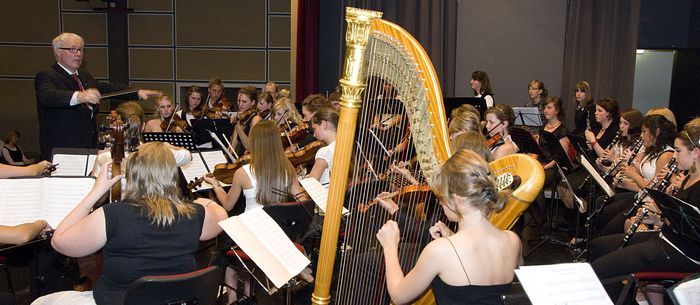Your more exceptional music publisher!
Home page Youth Orchestra
Youth Orchestra

Here you will find arrangements which are especially written for so called youth orchestras. These are different from professional orchestras in the reduced instrumentation and lower fitness of the members. So you can hardly find all instruments which you need for an orginal orchestra instrumentation.
Categories: easy, easy - medium, medium, medium - advanced, advanced.
|
Product no.: 0444
A slow, ostinate striding movement of quarters and eighths determines this movement. Gradually a solemn vocal theme rises, which goes through the different sound registers in a tremendous increase. A lyrical central theme and an impressive double fugue break through this process. A new key and slight changes in instrumentation and setting make this symphonic movement playable for your orchestra. |
55.00 €
*
|
|
|
|
| Product no.: 0511 |
55.00 €
*
|
|
|
|
|
Product no.: 0533
A fine example of a classical slow movement, here in a version for youth orchestra. The original key has been shifted from D major to G major. |
25.00 €
*
|
|
|
|
No VAT after § 19 UStG
| 11 - 20 of 259 results |
|














